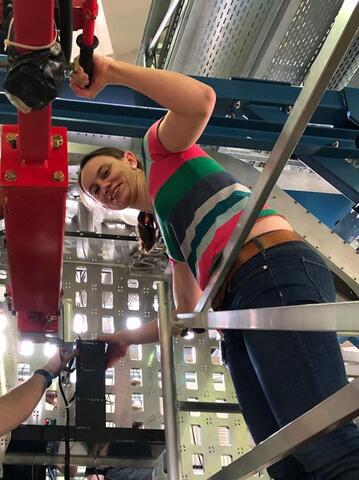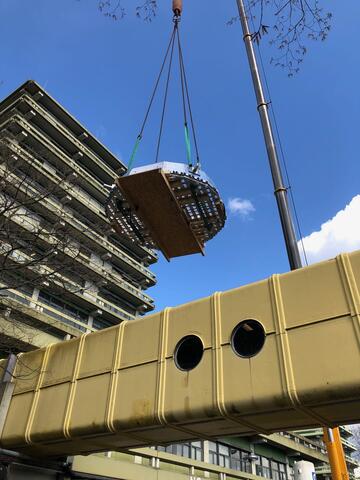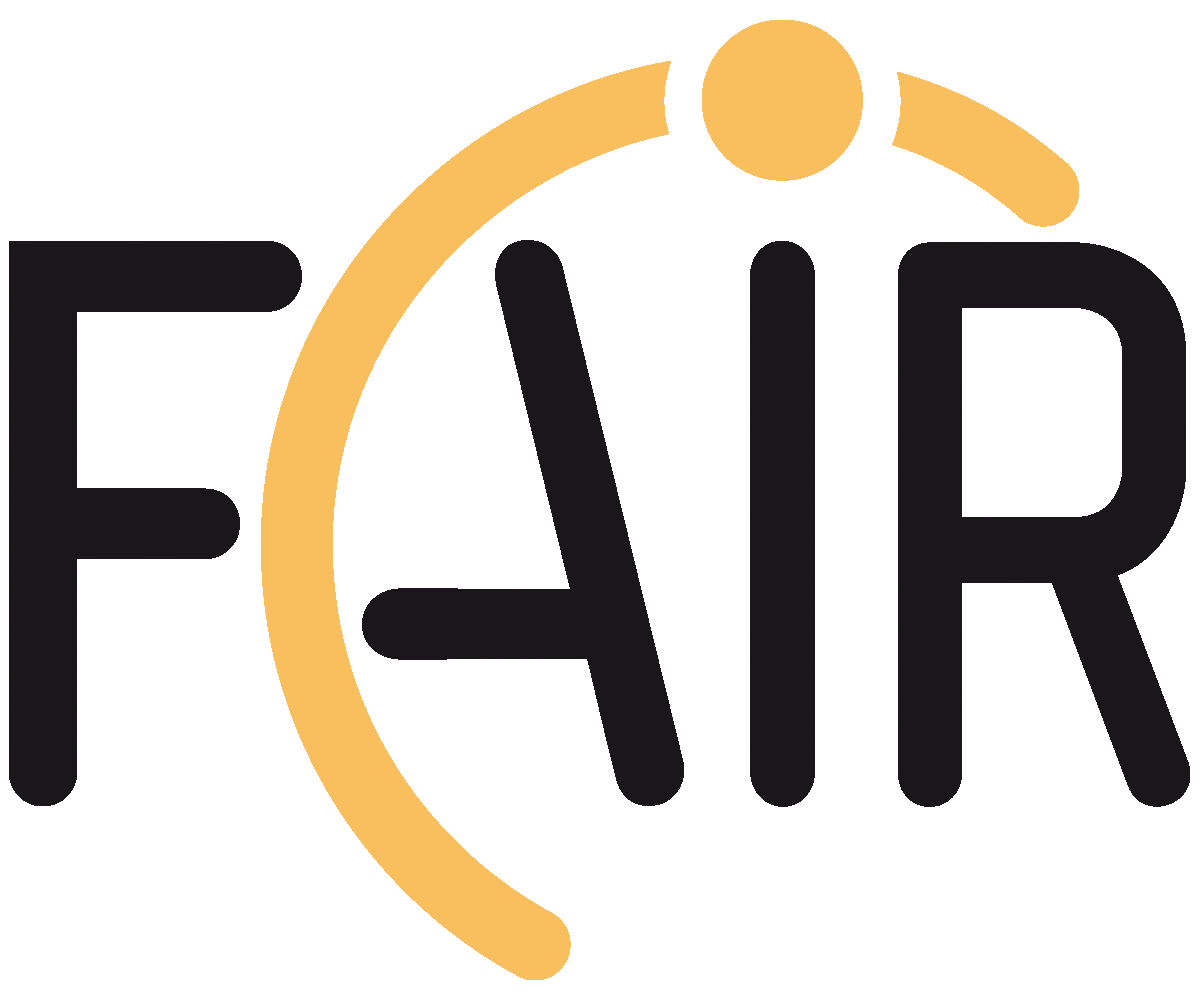Workshop „Physics Opportunities with Proton Beams at SIS100” was held in Wuppertal
PANDA meetings
04/03-08/03 2024 CM 24/1 in Münster
24/06-28/06 2024 CM 24/2 at GSI
25/06-26/06 2024 FEE/DAQ Workshop
04/11-06/11 2024 CM 24/3 at GSI
05/03-07/03 2025 WS at GSI
16/06-20/06 2025 CM 25 in Uppsala
The Electromagnetic Calorimeter for the PANDA Target Spectrometer
Markus Moritz, K.-Th. Brinkmann, V. Dormenev, R.-W. Novotny, A. Ryazantsev, H.-G. Zaunick
PA-PRO-2018-005.pdf
(15.09 MB)
The future PANDA experiment with a next generation detector will focus on
hadron spectroscopy. It will use cooled anti-proton beams with a momentum between 1.5
GeV/c and 15 GeV/c interacting with various targets. This allows to directly form all states
of all quantum numbers and measure their widths with an accuracy of a few tens of keV.
The experiment will be located at the exceptional Facility for Anti-proton and Ion Research in
Germany, which is currently under construction. The electromagnetic target calorimeter of the
PANDA experiment has the challenging aim to detect high energy photons with excellent energy
resolution over the full dynamic range from 15 GeV down to a few tens of MeV within a 2 T
solenoid. The target calorimeter itself is divided into a barrel and two endcaps. The individual
crystals will be read out with two precisely matched large area avalanche photo diodes. In the
very inner part of the forward endcap vacuum phototetrodes will be used instead. To reach the
demands of the experiment, improved PbWO 4 scintillator crystals, cooled down to −25 ◦ C have
been chosen. They provide a fast decay time for highest count rates, short radiation length
for compactness, improved light yield for lowest thresholds and excellent radiation hardness [1].
The main part of the 15.740 crystals needed have been produced by the Bogoroditsk Plant of
Technochemical Products in Russia. After stopping their business, a new potential producer for
the missing 41% of crystals have been found. The company Crytur in Czech Republic provided
150 promising preproduction crystals so far. Except some of the very first produced crystals,
all samples exceed the required high quality parameters. Most of them have already been used
for the first major assem
hadron spectroscopy. It will use cooled anti-proton beams with a momentum between 1.5
GeV/c and 15 GeV/c interacting with various targets. This allows to directly form all states
of all quantum numbers and measure their widths with an accuracy of a few tens of keV.
The experiment will be located at the exceptional Facility for Anti-proton and Ion Research in
Germany, which is currently under construction. The electromagnetic target calorimeter of the
PANDA experiment has the challenging aim to detect high energy photons with excellent energy
resolution over the full dynamic range from 15 GeV down to a few tens of MeV within a 2 T
solenoid. The target calorimeter itself is divided into a barrel and two endcaps. The individual
crystals will be read out with two precisely matched large area avalanche photo diodes. In the
very inner part of the forward endcap vacuum phototetrodes will be used instead. To reach the
demands of the experiment, improved PbWO 4 scintillator crystals, cooled down to −25 ◦ C have
been chosen. They provide a fast decay time for highest count rates, short radiation length
for compactness, improved light yield for lowest thresholds and excellent radiation hardness [1].
The main part of the 15.740 crystals needed have been produced by the Bogoroditsk Plant of
Technochemical Products in Russia. After stopping their business, a new potential producer for
the missing 41% of crystals have been found. The company Crytur in Czech Republic provided
150 promising preproduction crystals so far. Except some of the very first produced crystals,
all samples exceed the required high quality parameters. Most of them have already been used
for the first major assem





